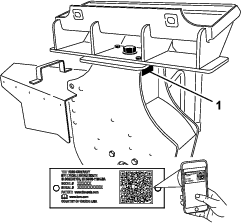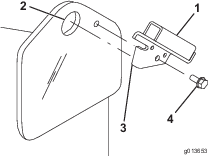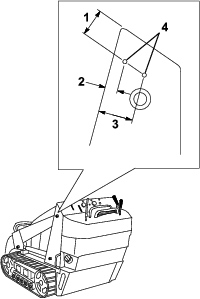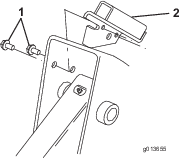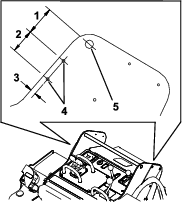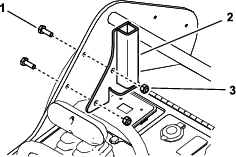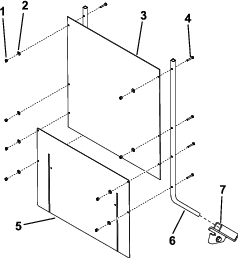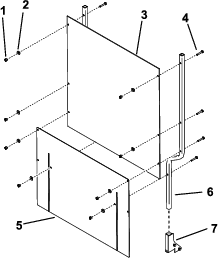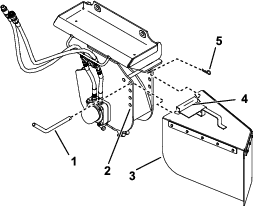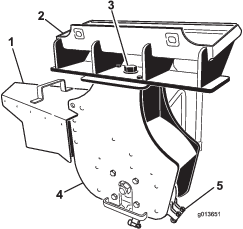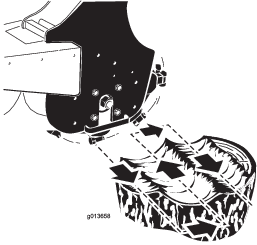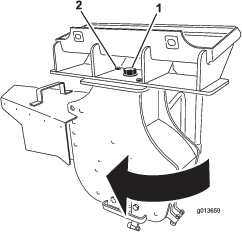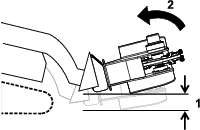Maintenance
Recommended Maintenance Schedule(s)
| Maintenance Service Interval | Maintenance Procedure |
|---|---|
| Before each use or daily |
|
| Before storage |
|
Greasing the Machine
| Maintenance Service Interval | Maintenance Procedure |
|---|---|
| Before each use or daily |
|
| Before storage |
|
Grease the fitting in Figure 15.
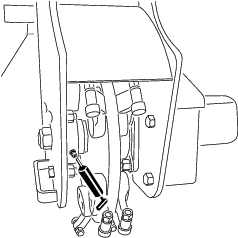
Grease Type: General-purpose grease
-
Park the machine on a level surface, lower the loader arms, and engage the parking brake (if applicable).
-
Shut off the engine and remove the key.
-
Clean the grease fitting with a rag.
-
Connect a grease gun to the fitting.
-
Pump grease into the fitting until grease begins to ooze out of the bearings.
-
Wipe up any excess grease.
Replacing the Teeth
| Maintenance Service Interval | Maintenance Procedure |
|---|---|
| Before each use or daily |
|
Due to the high amount of wear placed on the teeth, you will need to rotate and replace them periodically.
Each tooth is indexed with 3 positions so that you can rotate it twice, exposing a new sharp edge before replacing the tooth.
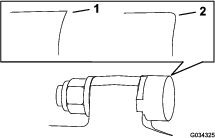
To rotate a tooth, loosen the nut securing the tooth (Figure 17). Push the tooth forward and rotate it one third of a turn, bringing an unused edge to the outside. Torque the nut securing the tooth to 37 to 45 N∙m (27 to 33 ft-lb).
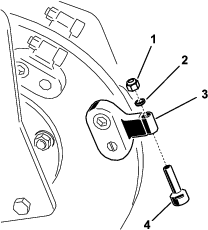
To replace a tooth, remove the nut securing the tooth to remove it, then install a new tooth and nut in the same position (Figure 17). Torque the nut securing the tooth to 37 to 45 N∙m (27 to 33 ft-lb).
